The table: a discussion of tabletop interaction in the future
Games were designed as simulations to the reality in ancient time. What I believe according to that, is that as long as a platform can be used as a gaming platform, it will fulfill the demand of everyday use as a platform.
And that's why I chose games as showcases for the future tabletop interaction.
In this way,
how,
will TABLETOP GAMES be like,
in the FUTURE?
The table
We are living in a world with three dimensions, however we can only sense the world with two dimensions. That's why we 'live' on surfaces. The definition of table here is broadened to surfaces we 'live' on. So, what will a table be like in the future?

Obviously, it holds handy stuff for us. That's the function provided by its physical form just like the function and form of chairs, as mentioned by Plato in Republic, imitated from the nature.
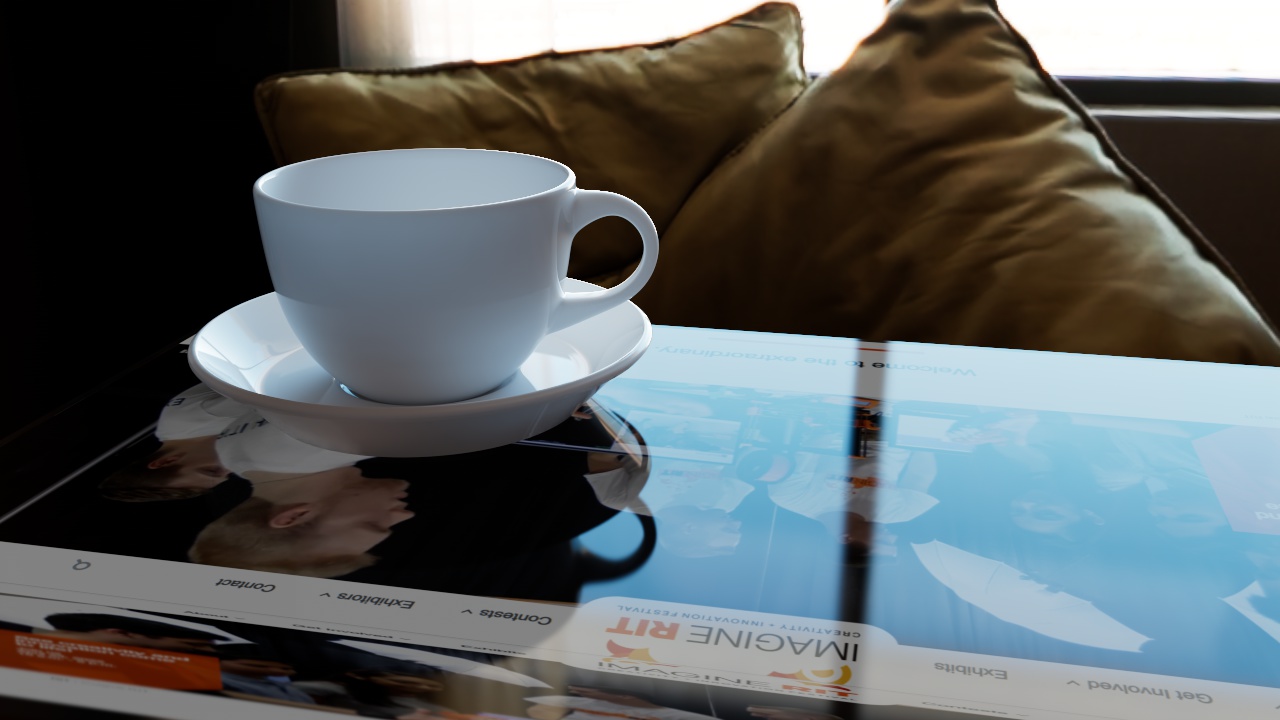
Since we are talking about the future, a little bit imagination won't hurt. For example, a table, other than a medium that carry the medium of information, can be pushed one step further to be the medium of information itself.
In short, a screen.
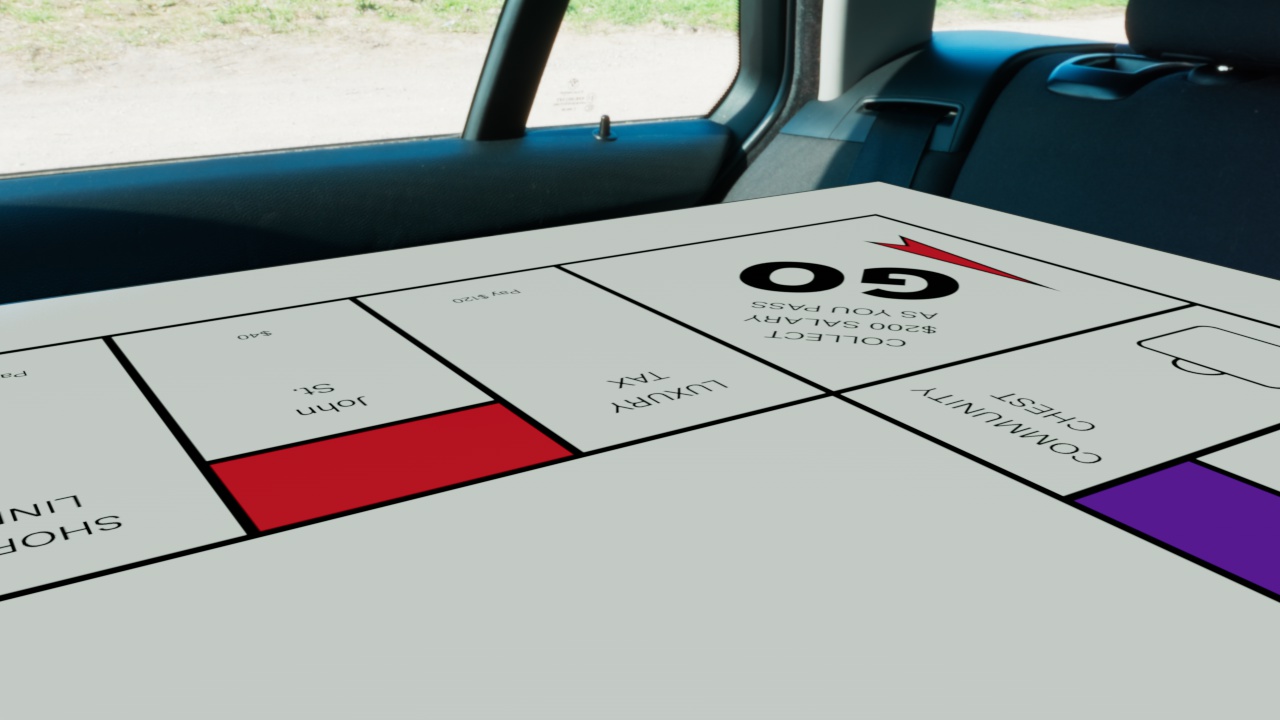
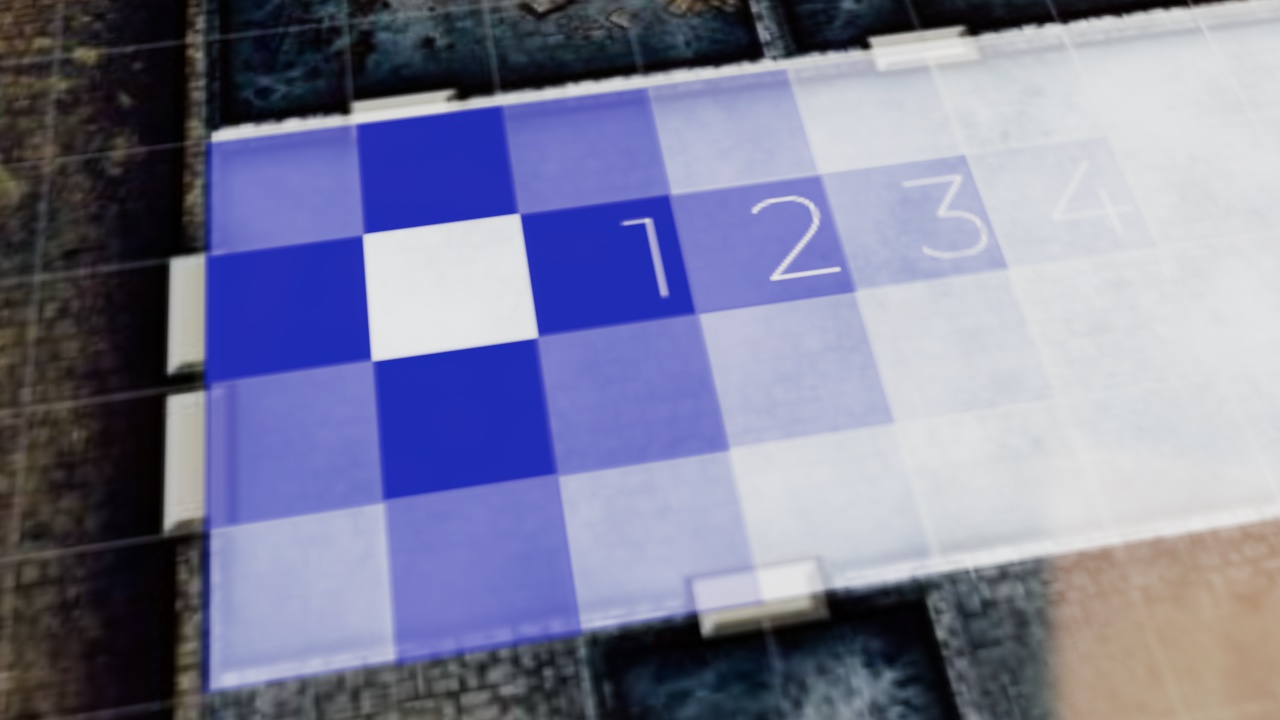
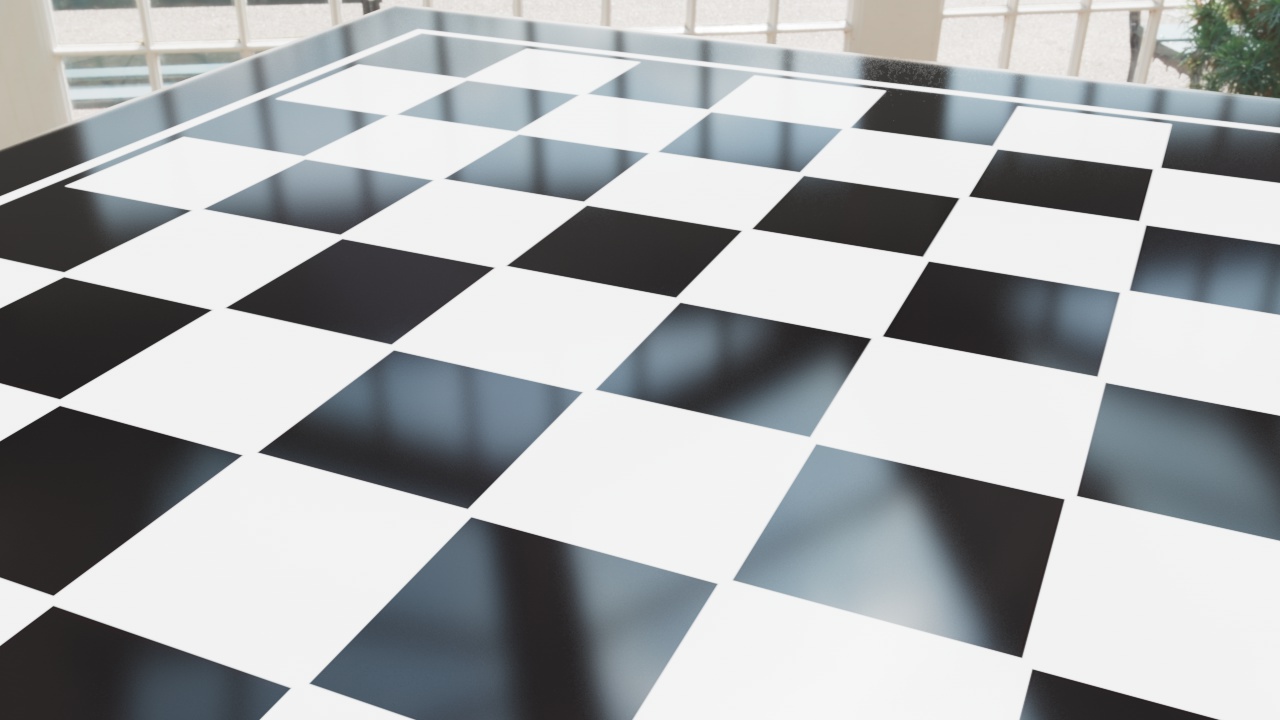
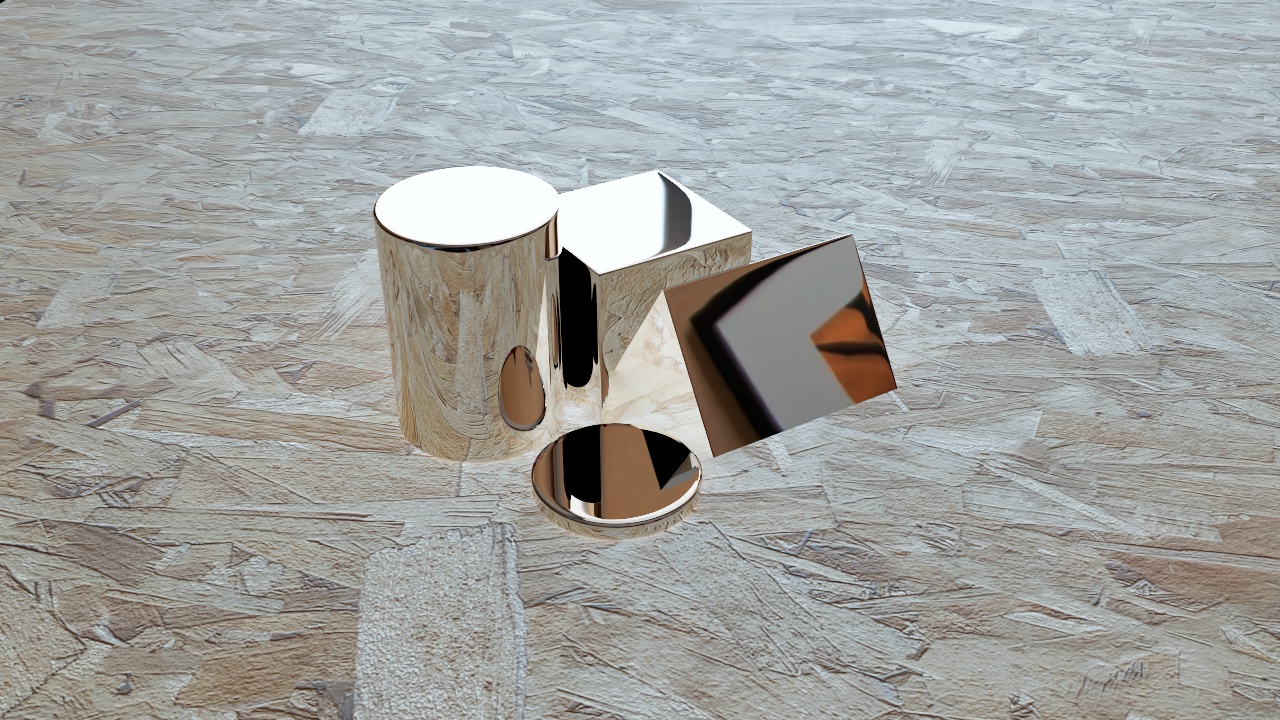
The games
A table is only a carrier, a medium even in this imaginary future. What matters then are those that are put onto the table: our games or parts from the games.
Our table shares the role as a medium, but we are living in an era when the amount of information one should deal with is growing rapidly. A table, a two dimensional surface, in this way can hardly fulfill our demand as a content displayer.
We need something else, let me introduce four kinds of helpers that can help us to deal with the information in a proper way on the table in the future. Holographic technology will be the key to this discussion.
A token
A token is a cylindar that can be held and operate easily by our hands. The holographic technology makes it a three-dimentional moniter that can display information in a different from anything we have today.
A token functions as a content displayer as well as an input. The shape of a dial is always used as a precise input in the history of design.
A cube
Similar technology is applied to a cube. Besides, cubes can work together and display objects that are bigger than any one of them, This function provides an extensiblity to the system.
A coin
Then we have a coin. A coin is a product under the concern of both budget and texture. It is designed to illustrate information only on its two sides to cut the budget. And its rounded coin-ish shape provides an unique handle.
A card
We do have the table as a flat content displayer, but small and semerate ones are still needed for specific usage.
The future
One may ask: could any of the possibilities and imaginations come ture in the future? My answer is, unfortunately, no or I don't know.
There is a saying 'the gold hoe used by the emperor'. It goes: in ancient time, when there were still emperors, a peasant was asked 'do you know how the life of the emperor is in those palaces'. And his answer was 'I don't know, probably he is using a gold hoe hoeing his field.'
It communicates a fact that imaginations are restricted to the knowledge of the class and the society. Same thing happens in the industry of science fictions.
Does it mean that this discussion is totally useless? I don't think so,
Designed by Boyuan Zheng | bz8783@rit.edu
Thesis VCDE 2021-2022
Thank you for your time.
